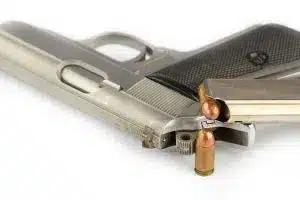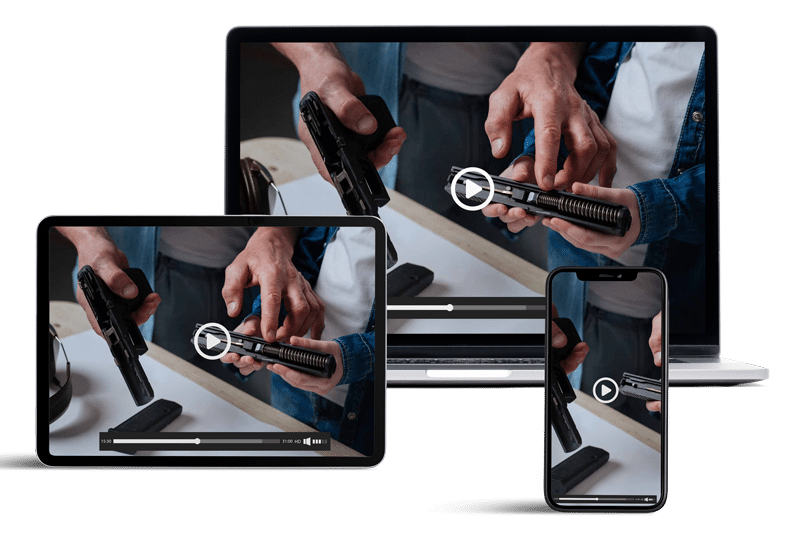A primer is part of a cartridge or shotshell. It’s a term you may have heard if you own and regularly use firearms, but it’s one that’s often not fully understood. In a handgun, it’s one of four parts of a cartridge, along with the case, powder, and bullet.
One of the best ways to be informed about ammunition and every aspect of firearms safety is to take an online Texas LTC course. Here’s what you need to know about what a primer is in a gun, what it does, and why it’s important.
What the Primer Does
The main role of the primer in a cartridge is to ignite the propellant powder. To accomplish this task, the primer has a small amount of explosive inside that’s secured by a metal cap. The explosive powder is typically a mix of lead, styphnate, barium nitrate, antimony sulfide, and tetrazene.
The Primer Cap
The primer cap is an equally essential part of the primer. Usually made of a copper alloy, these caps are typically plated with nickel. Caps are important because they come in different diameters to allow for firing variations. Due to the volatile nature of the powder, primers used for reloading are individually packed.
How the Primer Functions during the Firing Process
The firing process that involves the primer starts when the trigger is activated and released on your gun. When this happens, a domino effect takes place that results in the following steps:
• The firing pin strikes the primer cap
• The force of the pin crushes the priming mixture between the anvil and cap
• The impact causes the priming mixture to explode as hot steam expels via the flash hole and into the cartridge case
This process then causes pressure to rise within the cartridge case as the temperature spikes inside. What this ultimately does is ignite the propellant powder so the firing process can be completed. To be effective, this process needs to take place really quickly—about 1,500 microseconds is the average speed we’re talking about.
Primer Variations
The diameter of the cap isn’t the only variation with primers. They also vary according to the type of gun being used. Rifle primers are thicker than the ones used for handguns, since a hotter flash is needed for rifles.
When all guns are included, there are five primer sizes. Boxer and Berdan are the two types of primers, and the Boxer type with a single flash hole is more common among U.S. manufacturers. More common in Europe, Berdan primers are unique, since the anvil is integrated in the case.
Proper Storage
It’s worth noting your ammunition should be stored in a cool, dry place. One of the main reasons for this common recommendation is because heat, humidity, and moisture can affect the primer in your ammo. If the primer is damaged or affected by various conditions in some way, you may experience negligent discharges or other potentially dangerous results. This is why proper care is important for your firearm and your ammo.
One of the most important aspects of being a responsible gun owner is educating yourself on different types of ammunition. Fortunately, superior training in every facet of owning and using firearms is readily available. If you’re looking for a high-quality LTC class, Online Texas LTC has what you need. We provide classes with professional instruction, flexible scheduling, and affordable pricing. For information on our wide array of classes, give us a call today at 512-675-2206.





